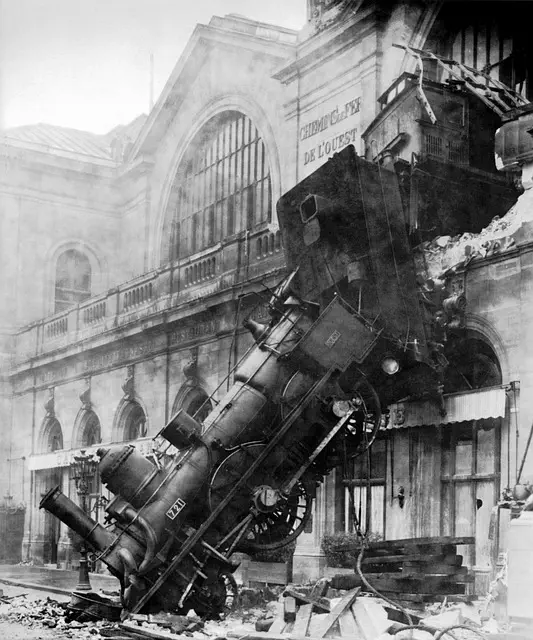In New York City, where OSHA and the Department of Labor govern workplace safety, understanding stringent regulations is crucial for businesses. These rules aim to prevent slip and fall accidents by mandating training on risk mitigation, equipment use, and protocols. Non-compliance leads to penalties, making comprehensive workplace safety training a strategic investment. New York City slip and fall attorneys stress these precautions to ensure safer work environments and avoid legal repercussions. Training, risk assessment, and proactive measures significantly reduce incidents, with businesses having a moral and legal obligation to prevent accidents.
In Queens, New York City, workplace safety is paramount. Understanding local regulations and common hazards, such as slip and fall accidents, is crucial for any business. This article delves into essential aspects of workplace safety training, including legal expertise from top-tier New York City slip and fall attorneys. We explore preventive measures and strategies to foster a safer work environment, guided by insights on navigating the complex landscape of labor laws in NYC.
- Understanding Workplace Safety Regulations in New York City
- Common Causes of Slip and Fall Accidents in the Workplace
- The Role of Legal Expertise in Workplace Safety Training
- Preventive Measures: Strategies for a Safer Work Environment
Understanding Workplace Safety Regulations in New York City

In New York City, workplace safety is paramount, governed by stringent regulations set forth by the Occupational Safety and Health Administration (OSHA) and the Department of Labor. These rules are designed to protect employees from hazardous conditions, including slip and fall accidents that can lead to severe injuries. Understanding these regulations is crucial for businesses and employers, as compliance not only ensures a safer work environment but also helps avoid costly legal repercussions. New York City slip and fall attorneys often emphasize the importance of regular training and updates on safety protocols.
For instance, OSHA mandates that employers provide training on identifying and mitigating risks specific to their industry. This includes proper use of equipment, handling hazardous materials, and preventing slips, trips, and falls—common causes of workplace injuries in NYC. Businesses must also maintain a clean and well-organized workspace, promptly address safety concerns raised by employees, and ensure that all safety gear is in good condition. Failure to adhere to these regulations can result in penalties, fines, and even legal action, making comprehensive workplace safety training an indispensable investment for any organization.
Common Causes of Slip and Fall Accidents in the Workplace

Slip and fall accidents are a significant concern in the workplace, leading to various injuries and legal implications, especially in dynamic urban environments like New York City. Common causes often include floor surfaces that are slick or uneven, inadequate lighting, loose or uneven flooring, leaking liquids, and poor maintenance of corridors and walkways. These hazards can be particularly problematic for lawyers and other professionals who spend significant time walking across office floors, courthouses, or other work sites.
New York City slip and fall attorneys often represent clients who have suffered injuries due to these preventable accidents. They emphasize the importance of proper workplace safety training, including identifying and mitigating risks, implementing safety protocols, and ensuring regular maintenance checks to prevent such incidents from occurring.
The Role of Legal Expertise in Workplace Safety Training

Workplace safety training is a critical aspect of any legal practice, especially for those specializing in personal injury cases, such as New York City slip and fall attorneys. Legal professionals play a pivotal role in ensuring that businesses and organizations across Queens comply with relevant health and safety regulations. These experts can help develop comprehensive training programs tailored to specific industries, focusing on topics like risk assessment, accident prevention, and emergency response protocols.
By leveraging their knowledge of labor laws and previous case experiences, lawyers contribute valuable insights into potential hazards and the best practices for mitigating them. They guide employers in creating safe work environments, which is not only beneficial for employees’ well-being but also crucial for avoiding legal repercussions. This proactive approach to workplace safety not only protects individuals from injuries but also helps businesses avoid costly litigation, ensuring a win-win situation.
Preventive Measures: Strategies for a Safer Work Environment

Workplace safety is a shared responsibility, and proactive measures are key to fostering a secure environment in Queens or any part of New York City. Beyond adhering to legal requirements, businesses should strive for a culture that prioritizes prevention. Regular training sessions can equip employees with the knowledge to identify potential hazards like slip-and-fall risks, especially in areas with high foot traffic. Encouraging open communication allows workers to report unsafe conditions promptly, enabling quick remediation.
Implementing simple yet effective strategies such as proper signage, regular maintenance, and well-lit spaces significantly reduces incidents. New York City slip and fall attorneys often emphasize the role of proactive safety measures in legal cases, underscoring that businesses have a moral and legal obligation to protect their employees and visitors from preventable accidents.
In New York City, where workplace safety regulations are stringent, understanding these guidelines and implementing preventive measures is paramount. As discussed, common causes of slip and fall accidents can be proactively addressed through comprehensive training, making it a vital component for any organization. Engaging the expertise of New York City slip and fall attorneys who specialize in workplace safety training ensures that your business stays compliant and fosters a culture of safety. By combining legal knowledge with practical strategies, you can significantly reduce risks and create a safer work environment for all employees.
